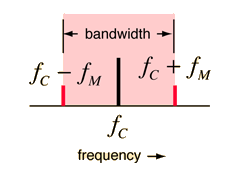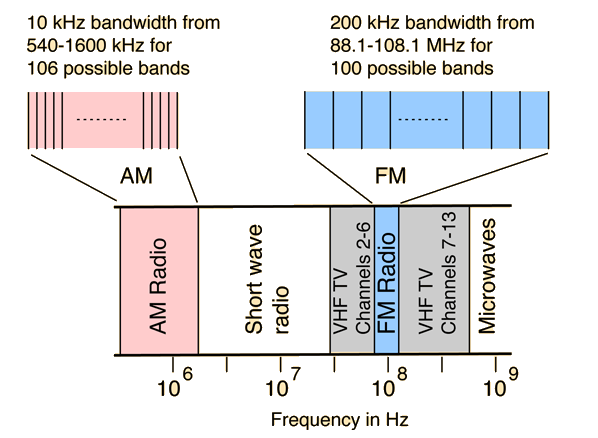Sum and Difference Frequencies
When you superimpose two sine waves of different frequencies, you get components at the sum and difference of the two frequencies. This can be shown by using a sum rule from trigonometry. For equal amplitude sine waves

The first term gives the phenomenon of beats with a beat frequency equal to the difference between the frequencies mixed. The beat frequency is given by

since the first term above drives the output to zero (or a minimum for unequal amplitudes) at this beat frequency. Both the sum and difference frequencies are exploited in radio communication, forming the upper and lower sidebands and determining the transmitted bandwidth.
When you say that the beat frequency is f1-f2 rather than (f1-f2)/2, that requires some explanation. For the difference frequency you can just say that you get a minumum when the modulating term reaches zero, which it does twice per cycle, so that the number of minima per second is f1-f2.
| Wave envelope for two tones |
Traveling wave concepts
Sound reproduction concepts
Audio signal concepts
| HyperPhysics***** Sound | R Nave |


